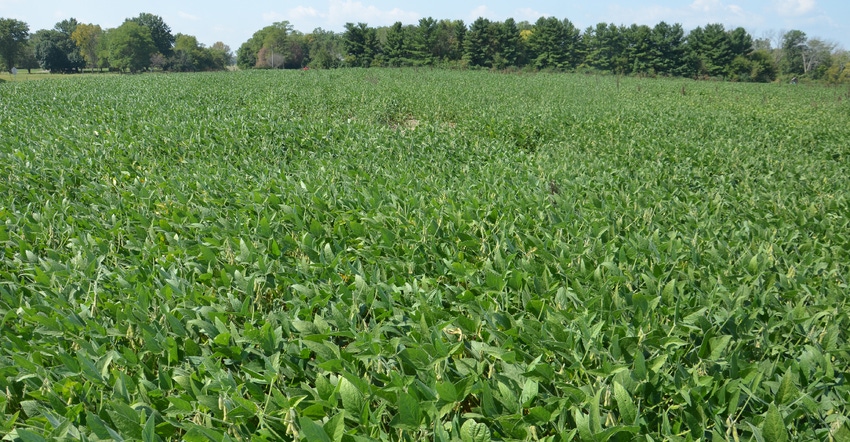January 13, 2021

My son and I have our planter set up for good soybean stands in 15-inch rows. He wants to drop seeding rate to 100,000. I would agree to 140,000. Who is right?
The Indiana certified crop advisers panel includes Danny Greene, owner of Greene Crop Consulting, Franklin; Jeff Nagel, agronomist with Ceres Solutions, Lafayette; and Marty Park, agronomist with Gutwein Seed Services, Rensselaer.
Greene: The common practice in the 1990s was drilling at 200,000 seeds per acre. Perhaps the largest impact on reducing seeding rates was the move to 15-inch-row planters. The difference between the “controlled spill” and “planted” seed is that the planter uses higher precision depth and in-row placement. Also, higher-dollar soybean seed influences the profitability equation toward lower seeding rates.
Who’s right? It depends. Either option can be right depending on the harshness of the environment. If in no-till, rough, hilltop or sandy ground or planting early, lean toward planting a higher population. If in higher organic matter, high fertility, productive, “old hog-lot” areas where beans grow tall and often lay over, back down the population. If your fields have much variability, consider variable-rate seeding prescriptions. Other than late-planted or double-crop soybeans, there is seldom a reason to plant more than 140,000 pure live seed per acre. Keep in mind to note seed lot germination and adjust accordingly.
Nagel: Who is right may depend on planting date, tillage system, weed pressure and moisture-holding capacity. Most university data would indicate maximum or near maximum yields at a minimum stand of around 100,000 plants per acre on productive soils. On soils that have less moisture-holding capacity, higher final stands are likely needed. In some Wisconsin research, final stands closer to 135,000 were needed on lower-productivity soils.
The question becomes what seeding rate is needed to achieve the desired final stand?
A seeding rate of 140,000 is a pretty good starting point. Rates can probably be reduced 10% to 15% if you have good soil drainage, lower residue and good planting conditions. If you’re planting early into cool soils, wetter fields, higher-residue fields or lower-productivity soils, you probably don’t want to decrease seeding rates below 140,000 and may want to increase them 10% to 15%.
Be careful reducing seeding rates too much if you deal with weeds that can germinate throughout the season like waterhemp. Thinner stands are more likely to see weed breaks.
Park: It boils down to how much safety margin you desire. A seeding rate of 100,000 doesn’t leave much safety margin. Consider several factors:
Lower populations might work on your best soils, but use caution on less productive soils, especially ones with lower water-holding capacity.
If you’re dropping seeding rates to 100,000, you should plant into ideal soil conditions that give every seed the best opportunity to emerge and contribute to full yield potential.
Look at a two-week weather forecast. Weather can have a big influence on emergence and final stands.
Are varieties you’re planting suited for these low populations? Are your soybeans tagged at 80%, 85%, 90% or 95% germination? Adjust accordingly.
Finally, can you control weeds at these low populations? Dropping back to 100,000 across the board is a little out of my comfort zone. The only job worse than replanting is cleaning up the combine after harvest.
You May Also Like




